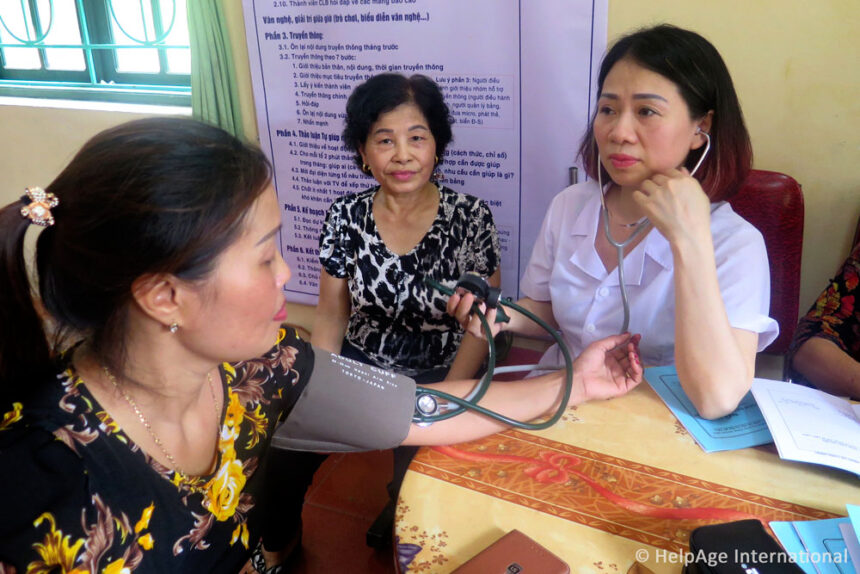The ecological study conducted during SUNI-SEA retrospective phase aimed to describe the burden of hypertension (HT) and diabetes mellitus type 2 in Vietnam. Ecological study by definition is based on data from routine statistics published in the country or available statistic from reputable international database. Analysis was performed on data collected with the aim to base the prospective phase of the project on this information. Data from IHME[1] (for HT and DM type 2 DALY and death rates) and Vietnamese Health statistics Year Books for financial and contextual factors which provided information on human resources, health insurance, health expenditures, etc. were included into the analysis. Linear and polynomial regression and Kendall rank correlation were used to measure variation in CVDs, high SBP and DM type 2 death rates and DALYs over time. Correlation among variables and selected financial and contextual factors was estimated using Pearson correlation coefficient.
Results indicated that the health care system in Vietnam is facing a shortage of nurses rather than medical doctors. The number of medical consultations per capita in Vietnam is much lower than the average of OECD[2]. The decline of elementary nurses in healthcare service, as well as the increase in health insurance expenditures per inpatient, seems to be with the highest statistical significance correlated with hypertension and diabetes mellitus type 2 death and DALYs[3] rates. The observed shortages in Human Resources can contribute to specific goal-oriented decision making to achieve SDG target 3.4 by 2030 which is the aim to reduce by one-third premature mortality from non-communicable diseases (NCDs) through prevention and treatment and promote mental health and wellbeing.
The decision-makers in Vietnam along with ASEAN member states should work together to advance health care system at the regional level with a focus on capacity building of health care service providers and strengthen primary health care as the keystone in reducing the NCDs burden. The health financing reform that shifts resources from hospital care to primary care should be developed to improve access to early diagnosis and chronic care and thus mitigate serious NCD-related complications and its associated economic burden of health expenditure on the population.
To understand the epidemiological burden of NCDs in South East Asia, the SUNI-SEA project plans to continue similar analysis in Myanmar and Indonesia and to compare studies results among those countries.
[1] Global Health Exchange Data. IHME, Seatle. 2020. Accessed 5 Jan 2020.
[2] OECD – Organisation for Economic Co-operation and Development
[3] DALYs = Disability Adjusted Life Years




